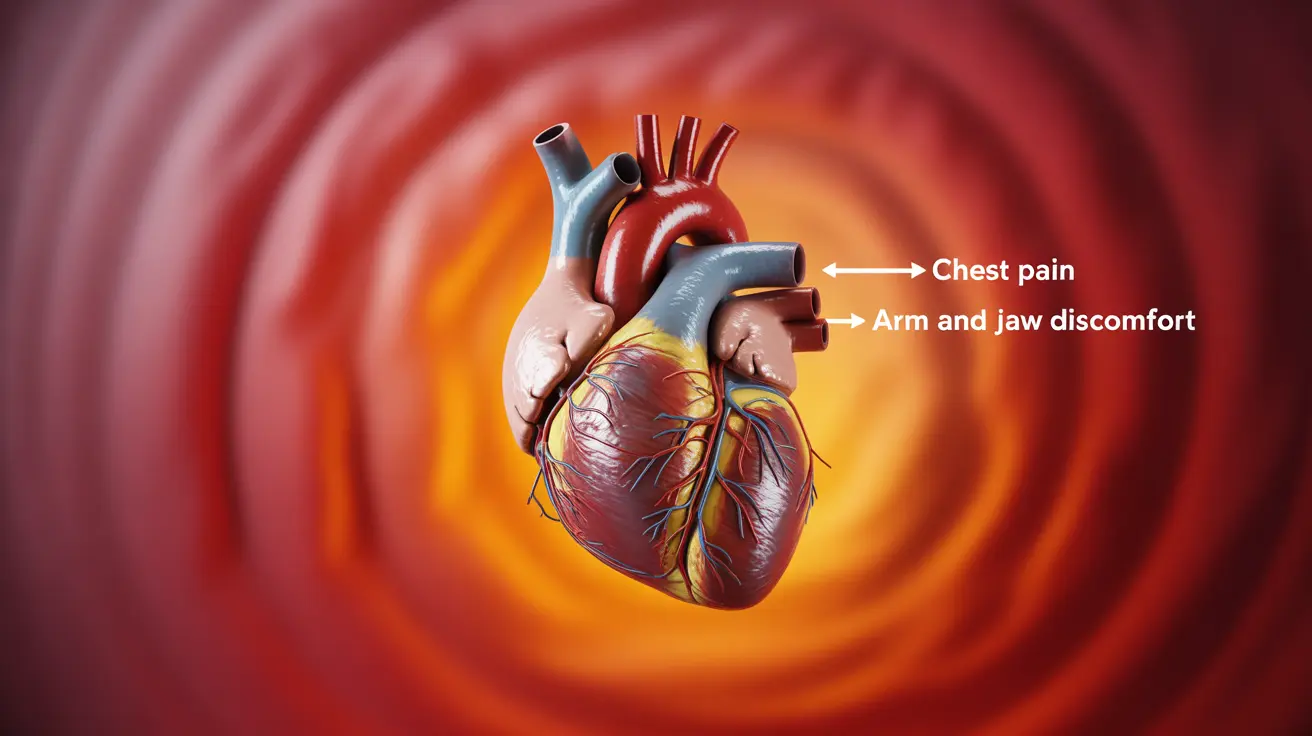Paresis, a condition characterized by partial muscle weakness, can significantly impact a person's daily life and mobility. Unlike complete paralysis, paresis involves a partial loss of muscle strength and voluntary movement, making it crucial to understand its various aspects for proper diagnosis and treatment.
This comprehensive guide explores the different types of paresis, its underlying causes, diagnostic approaches, and available treatment options to help those affected better understand and manage their condition.
Types of Paresis and Their Effects on the Body
Paresis can manifest in various forms, each affecting different parts of the body:
- Hemiparesis: Weakness on one side of the body
- Facial paresis: Weakness of facial muscles
- Paraparesis: Weakness in both legs
- Quadriparesis: Weakness affecting all four limbs
- Monoparesis: Weakness in one limb
Each type of paresis presents unique challenges and requires specific treatment approaches based on the affected area and underlying cause.
Common Causes and Risk Factors
Several medical conditions and circumstances can lead to the development of paresis:
- Stroke or cerebrovascular accidents
- Traumatic brain injury
- Multiple sclerosis
- Nerve compression or damage
- Infections affecting the nervous system
- Brain tumors
- Spinal cord injuries
Risk factors that may increase the likelihood of developing paresis include:
- High blood pressure
- Diabetes
- Advanced age
- Family history of neurological conditions
- Lifestyle factors such as smoking and lack of physical activity
Diagnostic Procedures and Tests
Healthcare providers use various diagnostic tools to identify paresis and its underlying causes:
Physical Examination
Doctors conduct detailed neurological examinations to assess muscle strength, reflexes, and sensory function.
Imaging Studies
- MRI scans
- CT scans
- X-rays
- Nerve conduction studies
Laboratory Tests
Blood tests and other laboratory assessments help identify underlying conditions that may be causing paresis.
Treatment Options and Recovery
Treatment for paresis typically involves a multi-faceted approach:
Physical Therapy
Regular physical therapy sessions help maintain muscle strength, improve range of motion, and prevent muscle atrophy.
Occupational Therapy
Occupational therapy focuses on helping patients perform daily activities and maintain independence.
Medications
Various medications may be prescribed to address underlying conditions or manage symptoms:
- Anti-inflammatory drugs
- Muscle relaxants
- Medications for specific neurological conditions
Assistive Devices
Different mobility aids and adaptive equipment can help patients maintain independence and safety during recovery.
Frequently Asked Questions
What are the main causes and risk factors of paresis?
Paresis primarily results from conditions affecting the nervous system, including stroke, traumatic brain injury, multiple sclerosis, and nerve damage. Risk factors include high blood pressure, diabetes, advanced age, and certain lifestyle choices like smoking.
How can paresis be diagnosed and what tests are commonly used?
Diagnosis typically involves a comprehensive neurological examination, imaging studies (MRI, CT scans), nerve conduction studies, and laboratory tests to identify the underlying cause of muscle weakness.
What treatment options are available to improve muscle weakness caused by paresis?
Treatment options include physical therapy, occupational therapy, medications targeting underlying conditions, and the use of assistive devices. The specific treatment plan depends on the type and cause of paresis.
What are the different types of paresis and how do they affect the body?
Common types include hemiparesis (one-sided weakness), facial paresis, paraparesis (leg weakness), quadriparesis (all limbs), and monoparesis (single limb). Each type affects different body parts and requires specific treatment approaches.
How does paresis differ from paralysis in terms of symptoms and recovery?
Paresis involves partial muscle weakness and limited movement, while paralysis means complete loss of muscle function. Recovery potential is often better with paresis, though outcomes depend on the underlying cause and early intervention.




